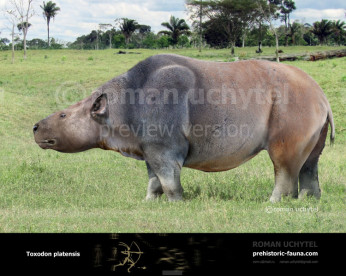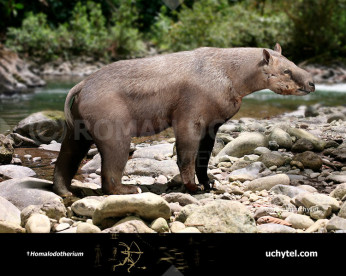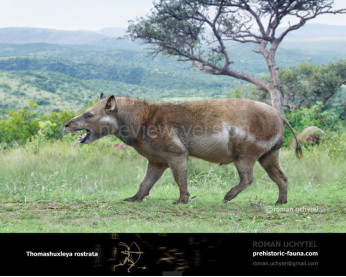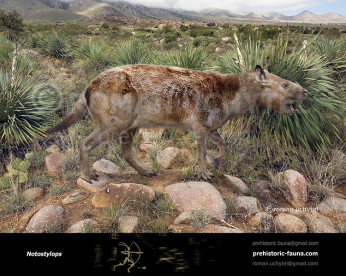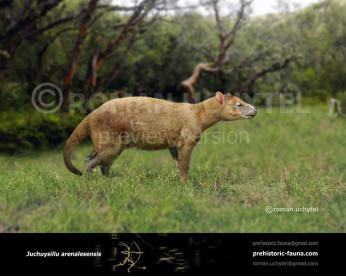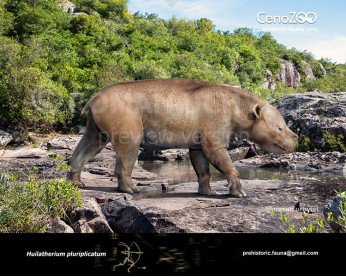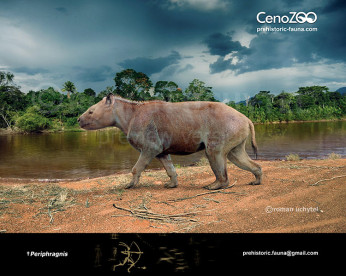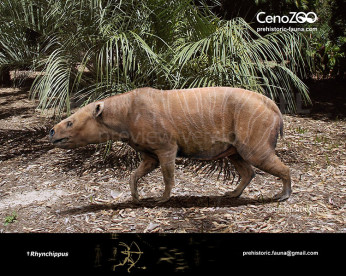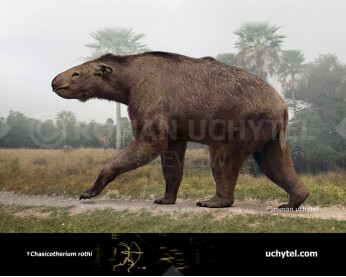Pachyrukhos
2843528435Pachyrukhos (†Pachyrukhos (Ameghino 1885))
Order: †Notoungulata
Family: †Hegetotheriidae
Subfamily: †Pachyrukhinae
Temporal range: during the Late Oligocene-Mid Miocene of South America (~23.0–15.5 Ma)
Dimensions: length - 30 cm, weight ~1 kg
Pachyrukhos is an extinct genus of hegetotheriid notoungulate from the Early to Middle Miocene of Argentina and Chile.
Pachyrukhos was about 30 centimetres long and closely resembled a rabbit, with a short tail and long hind feet. It was probably also able to hop, and it had a rabbit-like skull with teeth adapted for eating nuts and tough plants. The complexity of its hearing apparatus in the skull suggests that its hearing would have been very good, and that it probably had large ears. It also had large eyes, suggesting that it may have been nocturnal. These similarities are the result of convergent evolution, since, while quite unrelated to modern rabbits, Pachyrukhos filled the same ecological niche
Оплата
У Вас є кілька зручних способів купівлі зображення: кредитна чи дебетова картка Visa, Mastercard, Maestro; PayPal або банківський переказ
Pachyrukhos (†Pachyrukhos (Ameghino 1885))
Order: †Notoungulata
Family: †Hegetotheriidae
Subfamily: †Pachyrukhinae
Temporal range: during the Late Oligocene-Mid Miocene of South America (~23.0–15.5 Ma)
Dimensions: length - 30 cm, weight ~1 kg
Pachyrukhos is an extinct genus of hegetotheriid notoungulate from the Early to Middle Miocene of Argentina and Chile.
Pachyrukhos was about 30 centimetres long and closely resembled a rabbit, with a short tail and long hind feet. It was probably also able to hop, and it had a rabbit-like skull with teeth adapted for eating nuts and tough plants. The complexity of its hearing apparatus in the skull suggests that its hearing would have been very good, and that it probably had large ears. It also had large eyes, suggesting that it may have been nocturnal. These similarities are the result of convergent evolution, since, while quite unrelated to modern rabbits, Pachyrukhos filled the same ecological niche

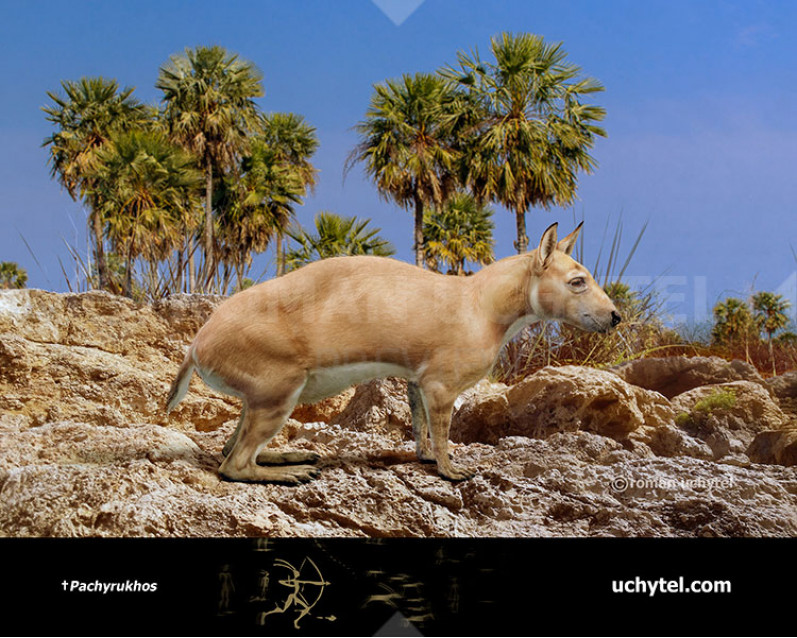
1-797x638.jpg)

1-70x56.jpg)
